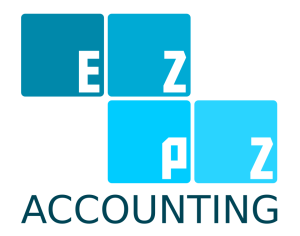US Accounting Vs International Accounting: What’s The Difference?

US accounting and international accounting are both accounting styles that are utilized by business owners and investors. While these two methods may seem similar, they are completely different.
Despite the initiatives by the Financial Accounting Standards Board (FASB) and the International Accounting Standards Board (IASB), major discrepancies linger between accounting methods in the United States and the rest of the world.
The International Accounting Standards Board (IASB) has compiled international practices in the International Financial Reporting Standards (IFRS).
In the US, the FASB publishes financial accounting statements that collectively make up generally accepted accounting principles (GAAP).
In contrast, GAAP requires the purchase price of a business combination to be allocated to the assets acquired and liabilities assumed based on the acquisition-date fair values of those assets and liabilities, respectively.
Another difference between the two accounting systems is how they deal with business combinations. IFRS allows for business combinations to be accounted for as if they were with separate entities. This means that the new entity is presented for financial reporting as a combined entity with no business combination having taken place.
In this post, we will take a look at the other differences between the two accounting styles.
Long-Term Investments
Asset revaluation is not permitted by GAAP; however, IFRS permits some revaluation based on fair value, provided that it is carried out on a regular basis. Although technically permissible under GAAP, the depreciation of the parts of long-lived assets is exceedingly infrequent; however, it is necessary under IFRS if the parts of the asset show “differing patterns of benefit.”
The IASB has a separate definition for long-lived investment assets, which are typically valued at their historical cost. In the US, the FASB does not have a specific definition for property used as an investment only.
Principles versus Rules
GAAP is seen as being rules-based, which means that rules are created for particular instances rather than necessarily encapsulating a greater concept. IFRS is more consistent because it is founded on principles.
Inventory Accounting Differences
While the IFRS expressly forbids any corporation from utilizing LIFO, generally accepted accounting principles explicitly permits LIFO carrying the cost of inventory accounting. Instead, international standards stipulate that the same cost formula must be implemented to all inventories of a similar type.
In accordance with GAAP, inventory is held at the lower of cost or market, with the market generally being the current replacement cost. According to IFRS, inventory is held at the lower of cost or net realizable value, which is the estimated selling price less any completion costs and other costs involved in making a sale.
Documentation Needed for Financial Accounts
The following financial statements—balance sheet, income statement, changes in equity document, cash flow statement, and all related footnotes—must be assembled and published by businesses that report using IFRS. All of them are mandated by the FASB, which also includes statements about comprehensive income.
Key takeaway
If you’re ever in a situation where you’re unsure of which form of accounting is best for your company, you can always refer to an accountant to help you make an informed decision. As you can see, the two forms of accounting are similar in many ways, but there are also many ways they differ. Hopefully, this blog post is informative and that you now have a better understanding of US accounting vs international accounting.
